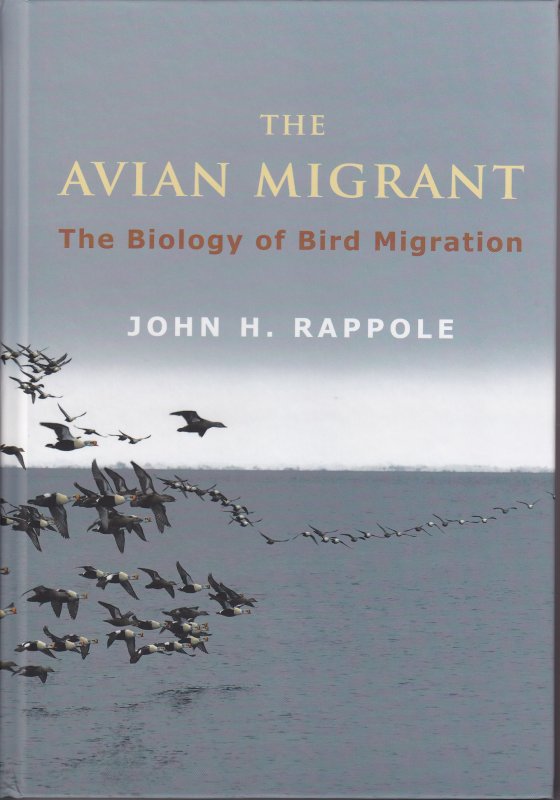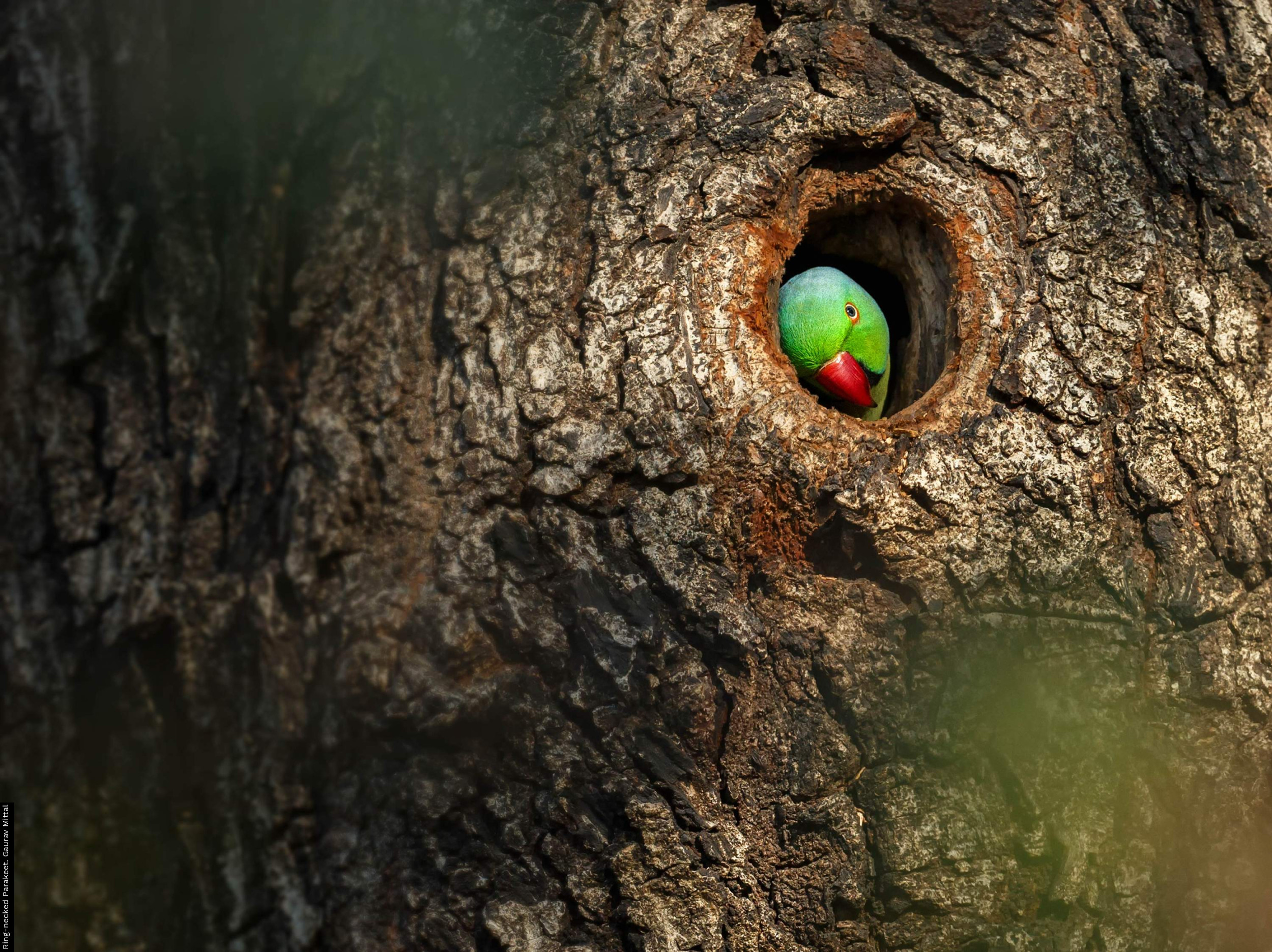
Publisher: Columbia University Press, Chichester
Publication Year: 2013
Binding: Hardback
Page Count: 435
ISBN Number: 978-0-23114-678-4
Price: £ 55.00
The Avian Migrant: The Biology of Bird Migration
John Rappole has almost unparalleled experience studying migratory birds, having spent four decades studying the ecology of the Neartic-Neoptropical migration system. He is therefore extremely well-placed to provide his perspective on, as the book’s subtitle says, The Biology of Bird Migration.
Rappole has chosen to do this partly by devoting five chapters to different stages in the annual cycle of migratory birds (‘Breeding Period’, ‘Postbreeding Period’, ‘Fall transient Period’, Wintering Period’ and ‘Spring Transient Period’). This interesting approach adds value to the book as, in addition to allowing a lot of research into each of these stages to be summarised, it allows the author to highlight those aspects of the biology of migrants that differ from other birds– in other words, to highlight what makes these birds ‘tick’.
Other chapters on ‘Population Ecology’ and ‘Evolution and Biogeography’, as well as the ‘Conclusion’, help to bring this all together. Of the more applied chapters, ‘Migratory Birds and Pathogen Movement’ is of particular interest because of recent avian influenza issues and ‘Connectivity and Conservation’ is very pertinent given the alarming declines we are seeing in migratory bird populations across the world.
The result is an insightful read that provides something valuably different from other books available on bird migration, with the kind of depth that only someone with so much experience in the subject matter could produce. Although the Neartic-Neotropical migration system predominates in the subject matter to a certain extent, understandably given the author’s experience and the greater amount of research that has been carried out on it compared to other systems, this bias is not as great as it might be as the author has done a good job at integrating information from across the globe. British readers will, for instance, be interested to see some of the recent tracking work carried out by BTO highlighted and placed into context of the wider knowledge base.
Over all, then, this is a very well written and produced book that can’t fail to stimulate and educate anyone with an interest in bird migration who takes the time to read it.
Book reviewed by Chris Hewson






Share this page